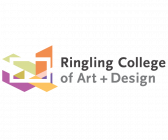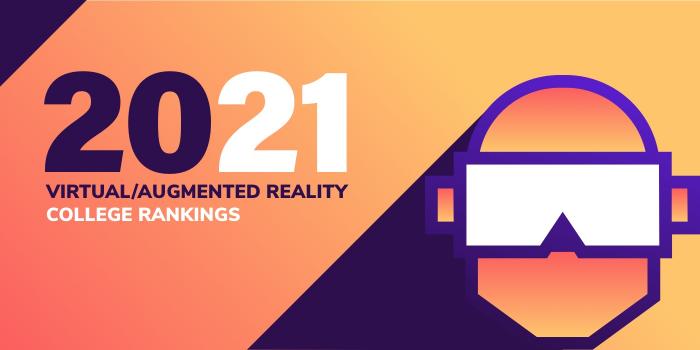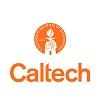Founded in 1891, the University of California Santa Barbara (UC Santa Barbara or UCSB) serves around 26,315 students enrolled in more than 200 graduate and/or undergraduate majors, degrees, and credentials in five schools. Programs for students interested in AR/VR include BS and MS degrees in Computer Science (CS) and MS and PhD degrees in Media Arts and Technology (MAT). The BS and MS Programs are offered in the College of Engineering’s Department of Computer Science. MAT Programs are offered jointly by the College of Engineering and the College of Arts and Letters.
The degree programs in the Department of Computer Science emphasize, “problem solving using computer program design, analysis and implementation, and includes a theoretical foundation as well as hands-on experience,” says the school. In addition, the Department offers advanced degrees and opportunities for research experience through five-year BS/MS programs.
Department course highlights include Automa and Formal Languages, Artificial Intelligence (AI), Computer Graphics, Machine Learning, Human-Computer Interaction (HCI), Translation of Programming Languages or Programming Languages, Perception, and Software Engineering.
The MS and PhD degrees in MAT “provide for an interdisciplinary experience, building on a core set of skills and knowledge, with an emphasis on research and collaboration in digital media systems, content, and interaction.” Students in these programs may focus on specific areas of emphasis, according to their backgrounds and career interests. In addition to AR/VR, examples include Multimedia Engineering, Visual and Spatial Arts, and Electronic Music and Sound Design.
Depending on the program, students have access to a number of labs. Among them are the UCSB Four Eyes Lab and The Research Center for Virtual Environments and Behavior (ReCVEB).
The USCB Four Eyes Lab is part of the Department of Computer Science and the MAT Program. The Lab focuses on research in Imaging, Interaction, and Innovative Interfaces. Graduate and undergraduate students, postdocs, and visitors work in areas such as Augmented Reality, Virtual Reality, Computer Vision, Mobile and Wearable Computing, Recommender Systems, Visualization, User Interface and Human-Computer Interaction (UI/HCI), and Data Mining/Machine Learning.
Examples of current research in the Lab include Sphere in Hand: Exploring Tangible Interaction with Immersive Spherical Visualizations, Enhanced Geometric Techniques for Point Marking in Model-Free Augmented Reality, Hybrid Orbiting-to-Photos in 3D Reconstructed Visual Reality, Gesture-based Augmented Reality Annotation, and Relative Effects of Real-world and Virtual-World Latency on an Augmented Reality Training Task: An AR Simulation Experiment.
The Research Center for Virtual Environments and Behavior (ReCVEB) is open to graduate students, postdocs, and faculty members. Established in the 1990’s, ReCVEB was designed for the use of virtual environments in psychological research. Today, the Lab includes a 30-by-30 foot open room and a tracking system, which allow for experiments in fully immersive walking VR. “As a multidisciplinary research center, ReCVEB combines the talents of researchers in a variety of disciplines and offers a unique environment for conducting research through the use of state-of-the-art immersive virtual environment technology.”
Other labs include the RE Touch Lab (Haptics, Robotics, and VR), Systemics Lab (Robotics, Interface Design, Sustainable Computing Paradigms), and transLAB (Worldmaking + Social VR, Immersion, Performative Interactive Arts).












